 https://irandoostan.com/dostcont/uploads/2020/07/visit-Iran-banner2.jpg
266
712
Farima Fehrest
https://irandoostan.com/dostcont/uploads/2025/05/Irandoostan-logo.webp
Farima Fehrest2020-07-06 17:03:002025-05-11 11:46:13Best time to visit Iran
https://irandoostan.com/dostcont/uploads/2020/07/visit-Iran-banner2.jpg
266
712
Farima Fehrest
https://irandoostan.com/dostcont/uploads/2025/05/Irandoostan-logo.webp
Farima Fehrest2020-07-06 17:03:002025-05-11 11:46:13Best time to visit Iran
Accommodation, Food & Telecom Price in Iran (Iran travel budget p2)
Well, once we arrived and changed some precious money avoiding…
Shiraz attractions infographic
Shiraz, known as the city of flowers, nightingales, and lovers…

Isfahan attractions infographic
Isfahan, known as the city of marvel embraces the finest architectural…

Iran Flights, Visa & Money (Iran Budget Travel P1)
In this article, I would like to present some information and…
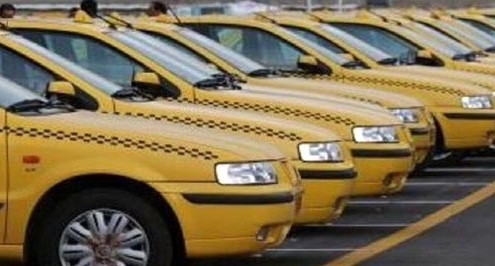
Iran taxi apps: Snapp, Tap30 (sites, download)
Taxis are arguably the easiest way to get around Iran, especially…

Hitchhiking in Iran: Rules, Safety
If hitchhikers had a prophet to describe them a utopia or something,…
15 Dos and Don’ts for tourists in Iran: Iran Local Laws
If your travel plans hold Iran on the horizon, planning and making…

Public transportation in Tehran: Metro, Bus, Taxi
Tehran is one of the biggest megapolises around the world, with…
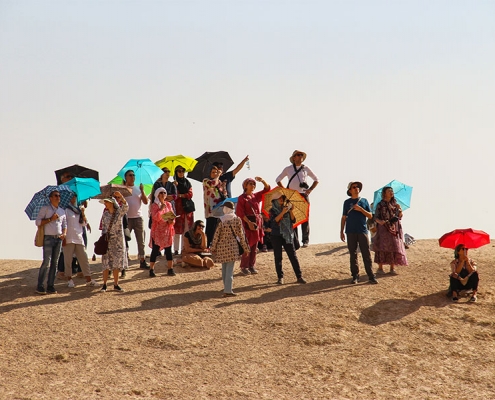
Iran Safety and Laws: All You Need to Know
“One gunshot a day keeps the tourist away” - Oscar Sega
I…

How to get Iran visa in Turkey? (Istanul and Ankara)
If you are planning to travel to Iran, then visa is mandatory.…

Iran travel guide: Culture, Nature, Attractions, Safety & more
Iran is one of the most ancient countries located in the west…
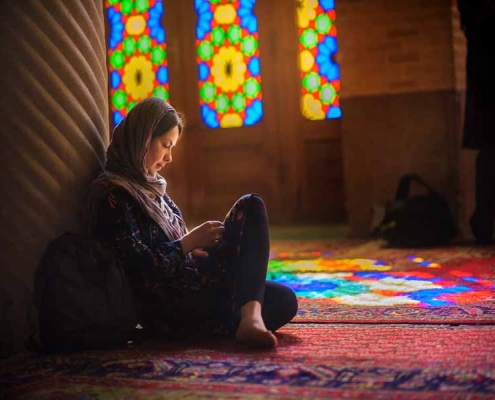 https://irandoostan.com/dostcont/uploads/2018/06/Travel-to-Iran-tours-to-Iran..jpg
600
800
Farima Fehrest
https://irandoostan.com/dostcont/uploads/2025/05/Irandoostan-logo.webp
Farima Fehrest2018-06-12 15:22:382025-04-13 14:59:4617 Things to Know Before Traveling to Iran
https://irandoostan.com/dostcont/uploads/2018/06/Travel-to-Iran-tours-to-Iran..jpg
600
800
Farima Fehrest
https://irandoostan.com/dostcont/uploads/2025/05/Irandoostan-logo.webp
Farima Fehrest2018-06-12 15:22:382025-04-13 14:59:4617 Things to Know Before Traveling to Iran
Visiting Iran During Ramadan: Tips & Guide
Ramadan, the ninth month of the lunar calendar (Islamic calendar),…
 https://irandoostan.com/dostcont/uploads/2016/06/Deylaman.jpg
400
640
Travel to Iran
https://irandoostan.com/dostcont/uploads/2025/05/Irandoostan-logo.webp
Travel to Iran2016-09-27 06:07:472025-04-13 15:22:42Iran Autumn: Best Places to visit in Iran in Autumn
https://irandoostan.com/dostcont/uploads/2016/06/Deylaman.jpg
400
640
Travel to Iran
https://irandoostan.com/dostcont/uploads/2025/05/Irandoostan-logo.webp
Travel to Iran2016-09-27 06:07:472025-04-13 15:22:42Iran Autumn: Best Places to visit in Iran in Autumn
Kish Island Travel Guide: Things to do, Best Time to Go
Whether you are an adventurous scuba diver looking to explore…
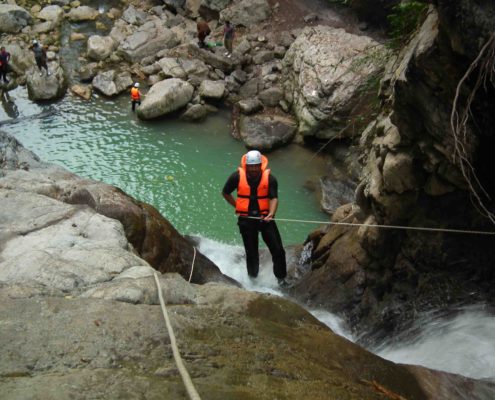 https://irandoostan.com/dostcont/uploads/2016/07/Mor-canyon-1.jpg
2736
3648
Travel to Iran
https://irandoostan.com/dostcont/uploads/2025/05/Irandoostan-logo.webp
Travel to Iran2016-07-10 11:06:072025-04-13 15:24:42Best Summer Destination in Iran for Adventure
https://irandoostan.com/dostcont/uploads/2016/07/Mor-canyon-1.jpg
2736
3648
Travel to Iran
https://irandoostan.com/dostcont/uploads/2025/05/Irandoostan-logo.webp
Travel to Iran2016-07-10 11:06:072025-04-13 15:24:42Best Summer Destination in Iran for Adventure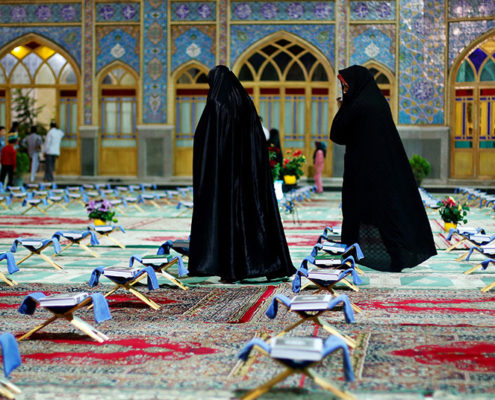
Where to Go & What to Eat in Iran During Ramadan?
Millions of Muslims in Iran and around the world have marked…


